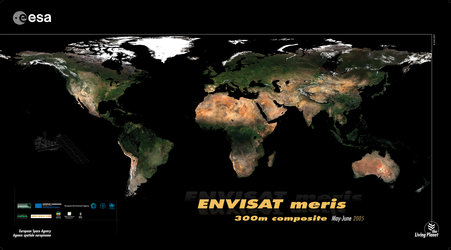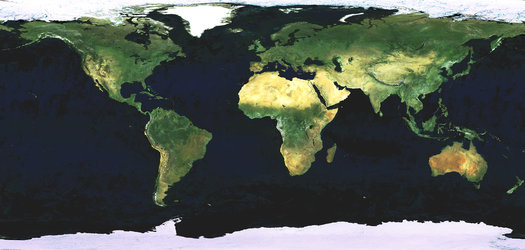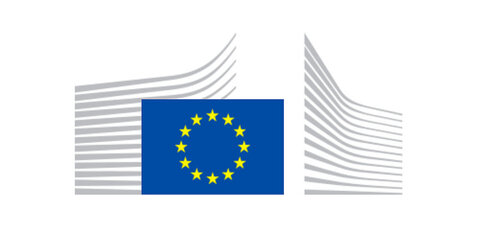New portrait of Earth shows land cover as never before
A new global portrait taken from space details Earth’s land cover with a resolution never before obtained.
Earth’s land cover has been charted from space before, but this map, which will be made available to the public upon its completion in July, has a resolution 10 times sharper than any of its predecessors.
Scientists, who will use the data to plot worldwide land-cover trends, study natural and managed ecosystems and to model climate change extent and impacts, are hailing the product – generated under the ESA-initiated GlobCover project – as 'a milestone.'

"The GlobCover system is a great step forward in our capacities to automatically produce new global land cover products with a finer resolution and a more detailed thematic content than ever achieved in the past," Frédéric Achard of the European Commission's Joint Research Centre (JRC) said.
"This GlobCover product is much more than a map. It is an operational scientific and technical demonstration of the first automated land cover mapping on a global scale and may provide the detailed description of the land surface states needed for regional climate modelling," said Prof. Pierre Defourny, from the Université catholique de Louvain, who designed the land classification process.
"Land cover data is an essential requirement of the sustainable management of natural resources, environmental protection, food security, climate change and humanitarian programmes," John Latham of the Food and Agriculture Organisation (FAO) said.
"The GlobCover product will be the first freely available product at 300m resolution and is therefore a milestone product which will be fundamental to a broad level stakeholder community."
Jaap van Woerden from the United Nations Environment Programme (UNEP) said: "This map can greatly support the work of UNEP and partners in addressing environmental priority issues such as climate change and ecosystem management."
Prof. Christiane Schmullius from the University of Jena in Germany said the new GlobCover product “revolutionises global land cover mapping."
This map can greatly support the work of UNEP and partners in addressing environmental priority issues such as climate change and ecosystem management.
The map is based on 20 Terabytes of imagery – equivalent to the content of 20 million books – acquired from May 2005 to April 2006 by Envisat’s Medium Resolution Imaging Spectrometer (MERIS) instrument.
All images then undergo a standardised processing technique developed and operated by Medias-France/Postel, together with Brockmann Consult, the Université catholique de Louvain and partners.
There are 22 different land cover types shown in the map, including croplands, wetlands, forests, artificial surfaces, water bodies and permanent snow and ice. For maximum user benefit, the map’s thematic legend is compatible with the UN Land Cover Classification System (LCCS).
GlobCover, launched in 2005, is part of ESA’s Earth Observation Data User Element (DUE). An international network of partners is working with ESA on the project, including the UN Environment Programme (UNEP), FAO, the European Commission's Joint Research Centre (JRC), the European Environmental Agency (EEA), the International Geosphere-Biosphere Programme (IGBP) and the Global Observations of Forest Cover and Global Observations of Land Dynamics (GOFC-GOLD) Implementation Team Project Office.
For more information about GlobCover products and their availability, please visit the GlobCover website.








